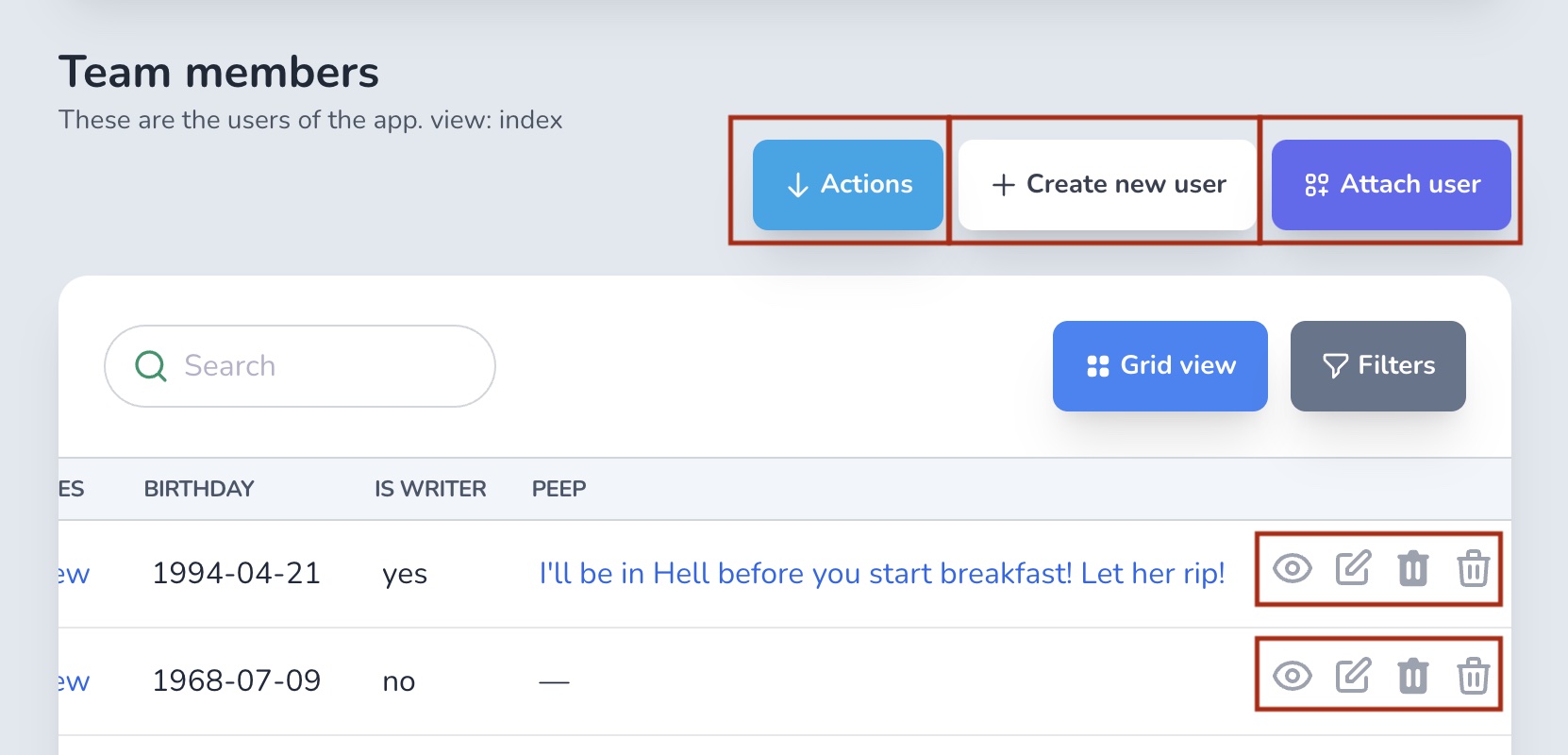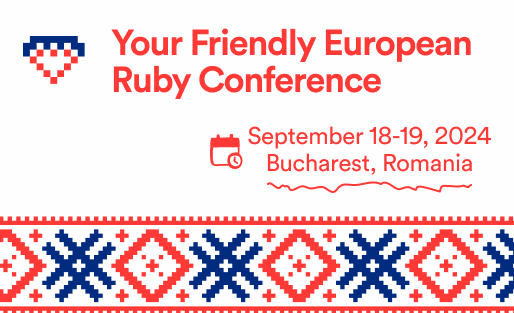Has Many
By default, the HasMany field is visible only on the Show view. You will see a new panel with the model's associated records below the regular fields panel.
field :projects, as: :has_manyOptions
-> searchable
Turns the attach field/modal from a select input to a searchable experience
class CourseLink < Avo::BaseResource
field :links,
as: :has_many,
searchable: true
endWARNING
Avo uses the search feature behind the scenes, so make sure the target resource has the search_query option configured.
# app/avo/resources/course_link_resource.rb
class CourseLinkResource < Avo::BaseResource
self.search_query = -> do
scope.ransack(id_eq: params[:q], link_cont: params[:q], m: "or").result(distinct: false)
end
endDefault
false
Possible values
true, false
-> attach_scope
Default
nil
Possible values
field :user,
as: :belongs_to,
attach_scope: -> { query.non_admins }Pass in a block where you attach scopes to the query object. The block is executed in the AssociationScopeHost, so follow the docs to see what variables you have access to.
-> scope
Default
nil
Possible values
field :user,
as: :belongs_to,
scope: -> { query.approved }Pass in a block where you attach scopes to the query object. The block gets executed in the AssociationScopeHost, so follow the docs to see what variables you have access to.
-> description
-> use_resource
Default
nil. When nothing is selected, Avo infers the resource type from the reflected association.
Possible values
PostResource, PhotoCommentResource, or any Avo resource class.
-> discreet_pagination
Default
false
Possible values
true, false
-> hide_search_input
Default
false. When nothing is selected and the search_query of association's resource is configured, Avo displays the search input.
Possible values
true, false.
-> link_to_child_resource
Sets which resource should be used in an STI scenario.
See more on this in the STI section.
Default
false. When it's false it will use the same resource.
Possible values
true, false.
Search query scope
Since v2.13If the resource used for the has_many association has the search_query block configured, Avo will use that to scope out the search query to that association.
For example, if you have a Team model that has_many Users, now you'll be able to search through that team's users instead of all of them.
You can target that search using params[:via_association]. When the value of params[:via_association] is has_many, the search has been mad inside a has_many association.
For example, if you want to show the records in a different order, you can do this:
self.search_query = -> do
if params[:via_association] == 'has_many'
scope.ransack(id_eq: params[:q], m: "or").result(distinct: false).order(name: :asc)
else
scope.ransack(id_eq: params[:q], m: "or").result(distinct: false)
end
endHas Many Through
The HasMany association also supports the :through option.
field :members,
as: :has_many,
through: :membershipsShow on edit screens
By default, has_and_belongs_to_many is only visible on the Show page. If you want to enable it on the Edit page, too, you need to add the show_on: :edit option.
WARNING
Adding associations on the New screen is not currently supported. The association needs some information from the parent record that hasn't been created yet (because the user is on the New screen).
You may use the redirect helpers to have the following flow:
- User is on the
Newview. They can't see the association panels yet. - User creates the record.
- They get redirected to the
Show/Editview, where they can see the association panels. - User attaches associations.
Add scopes to associations
Watch the demo videoWhen displaying has_many associations, you might want to scope out some associated records. For example, a user might have multiple comments, but on the user's Show page, you don't want to display all the comments, but only the approved ones.
# app/models/comment.rb
class Comment < ApplicationRecord
belongs_to :user, optional: true
scope :approved, -> { where(approved: true) }
end
# app/models/user.rb
class User < ApplicationRecord
has_many :comments
end
# app/avo/resources/user_resource.rb
class UserResource < Avo::BaseResource
# Before v2.5.0
field :comments, as: :has_many, scope: -> { approved }
end
# app/avo/resources/user_resource.rb
class UserResource < Avo::BaseResource
# After v2.5.0
field :comments, as: :has_many, scope: -> { query.approved }
endThe comments query on the user Index page will have the approved scope attached.

With version 2.5.0, you'll also have access to the parent record so that you can use that to scope your associated models even better.
All the has_many associations have the attach_scope option available too.
Show/hide buttons
You will want to control the visibility of the attach/detach/create/destroy/actions buttons visible throughout your app. You can use the policy methods to do that.
Find out more on the authorization page.

 Friendly.rb - Your friendly European Ruby Conference
Friendly.rb - Your friendly European Ruby Conference 